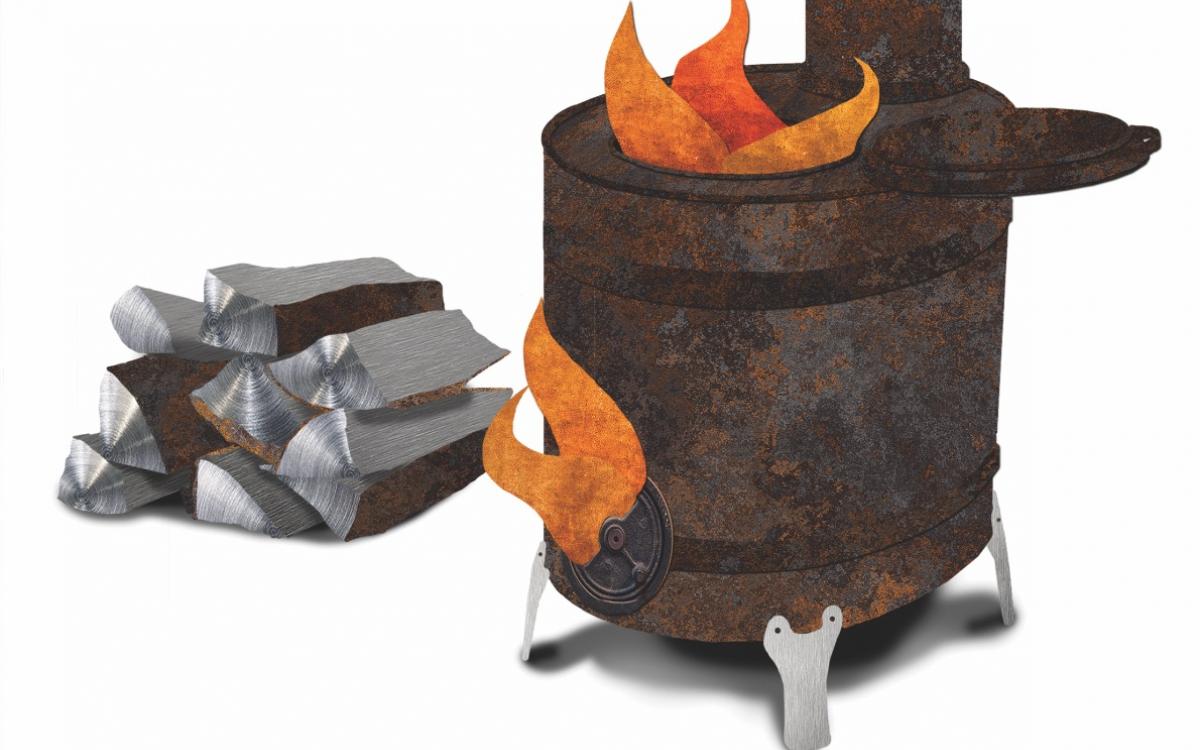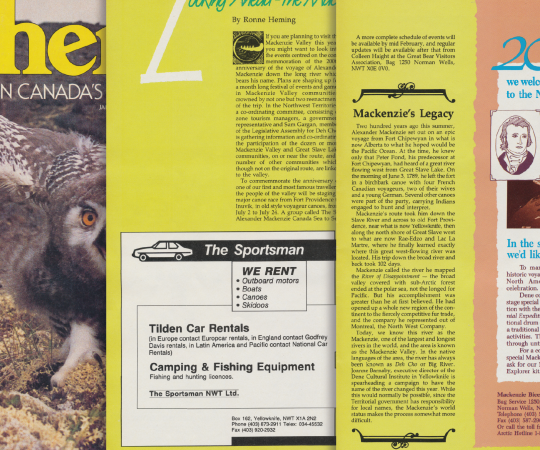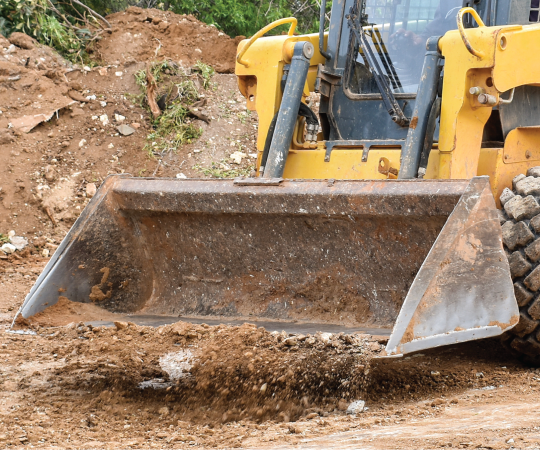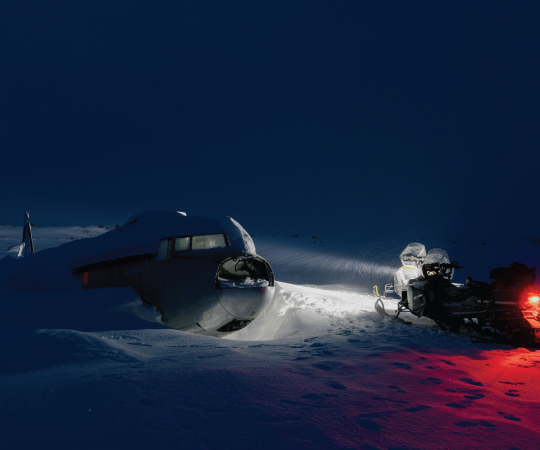The stove chugs like a train and flames periodically shoot 15 centimeters out of the air intake. The metal is super-hot with a roaring kindling fire, and all the dampers are wide open. Will it explode and burn the cabin down or just melt? There’s a more important question facing me: should we run now, or try to stop the chugging?
I rush to the stove to partly close the damper, singeing some hair on my arm in the process. The chugging stops and the fire slowly cools.
Nearly everyone who spends a lot of time in the bush during northern Canadian winters has a wall tent and a lightweight stove. Most of these stoves are made of thin sheet metal. Some companies call them bush stoves, and one—inaccurately—calls them “air tights” (even though they’re much less air-tight than any wood stove approved for use in a home). Another commonly used name is the “hippy killer” because, despite their great functionality and efficiency, there are many ways to kill yourself while using one.
They’re made with thin metal that becomes extremely hot—even glowing red. Hot enough to start a fire on the ground or the floor below the stove, or in a pile of wood stacked a little too close. One time, out camping I awoke in the middle of the night to a smoke-filled tent. Three of us had skied to the site, which belonged to a friend and had already been in use for much of the winter. Probably for that reason we didn’t question the stove installation. After recognizing what was happening, I shook my two friends awake, told them to roll out under the edge of the tent, and did the same myself. Then we lifted the fabric wall and shoved snow under the stove where the peat had dried and eventually caught fire. These are the sort of stories you collect after using a ‘bush stove.’
The most common form nowadays is an oval-shaped, top-feed model manufactured by Great West Metal Ltd. They come in various sizes—even the largest model only weighs 11 kilograms—and can usually be purchased for less than $200. It’s a cheap, portable, easy option for heating a wall tent or remote cabin, as long as there’s wood nearby.
But they’re not without their dangers. The stoves rust through quickly with constant use, and if not replaced these rusty holes allow sparks to fly onto anything nearby. There’s also the phenomenon of “whuffing,” which is what I experienced that night when my arm was toasted. A smouldering fire without enough air can produce volatile wood gas that, when finally ignited, will explode with tremendous force and can even blow the door off of a wood stove. And a hot fire with a lot of dry, fine kindling will produce high volumes of wood gas that can also create whuffing. The solution is not straightforward. Usually, the fire needs more air, not less. We were lucky that night in the cabin. Others, sadly, haven’t been.
The bush stove is a complex and yet quite dangerous piece of simple, life-saving equipment for being out on the land. Symbolic, in its own way, of the northern wilderness that can be so serene–until the moment it explodes with danger.
Tips For Installing And Caring For Your Bush Stove
1. Use a tent with a stovepipe ring in the wall rather than the roof. The two elbows will greatly reduce the number of sparks that exit the chimney, which might land on and burn holes in your tent. This also prevents snow from falling straight down the chimney and rusting your stove when not in use.
2. Keep the stove dry. The thin sheet metal will rust very quickly when damp.
3. Put a layer of sand or gravel—perhaps three centimetres—in the bottom. The stove will last much longer if the metal is kept out of direct contact with coals. Since sand or gravel can
be impossible to find in the winter, an alternative is to cut a piece of sheet metal the same size as the bottom and carry it along. Lay it on the bottom overtop of a couple small spacers such as lightweight steel pipe.
4. Inspect your stove regularly and replace it when the metal becomes rusted and weak, before holes begin to form. Your family will be glad to spend the money on a new stove to prevent you from dying of smoke inhalation.










